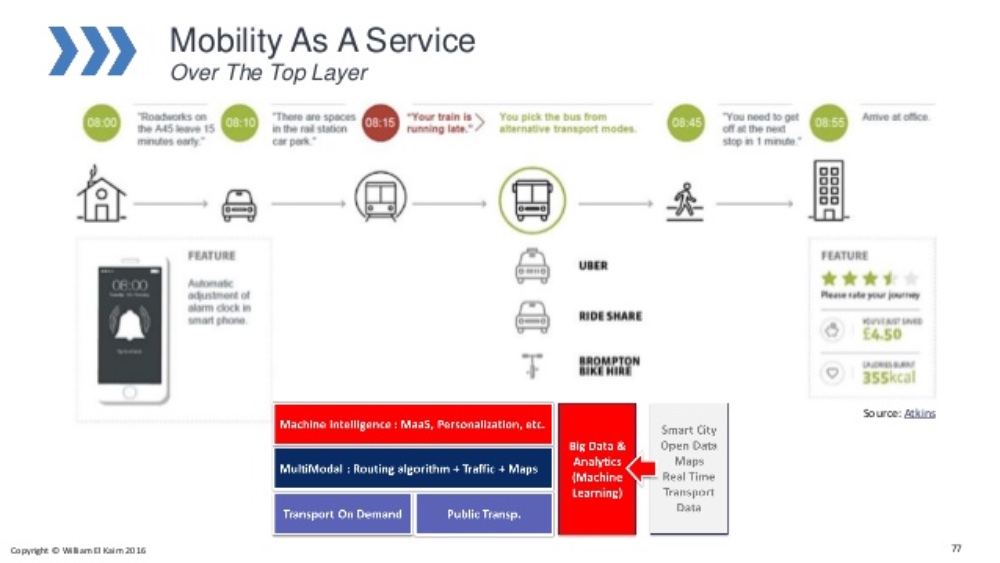A new study from Juniper Research has found that adoption of MaaS (Mobility-as-a-Service) platforms will replace over 2.3 billion urban private car journeys annually by 2023, compared with just 17.6 million globally in 2018. This is equivalent to 18 times the number of taxi journeys across New York in 2016.
MaaS integrates multi-modal transport services, including buses, taxis, rail and metro, offering compelling on demand services, resulting in transportation modal shifts. The new research finds that West Europe will lead MaaS adoption, accounting for 83% of global MaaS trips in 2023.
Juniper says that the success of public-private partnerships, the high quality of transport service provision and positive trial outcomes are major factors for traction in Europe. Conversely, the research group forecasts that the growth of MaaS in the US will be slower, given the highly-fragmented nature of the state and federal system, coupled with lukewarm legislative support for regulating a “free market.”
Juniper ranked 15 world cities based on their readiness for large-scale MaaS service deployment. Metrics considered included the existing/planned stage of deployment, cohesion of public transport services and infrastructure development. The top five ranked cities are Helsinki, Stockholm, Vienna, Amsterdam, and Austin.
“Helsinki has achieved its winning position in MaaS driven by collaboration between government and MaaS vendors,” says report author Nick Maynard. “Stakeholder partnerships are fundamental to MaaS in order to develop a viable multi-modal system delivering significant cost- and time-savings to the user.”
Juniper also forecasts that MaaS introduction will lead to annual time savings of over 500 million hours by 2023: equivalent to 90 hours per annum per MaaS user. The responsive, on demand service, enabled by MaaS will lead to more efficient use of road vehicles. Consequently, peak traffic levels will be reduced, lowering both congestion and air pollution, per the research group.
Image courtesy of SlideShare

